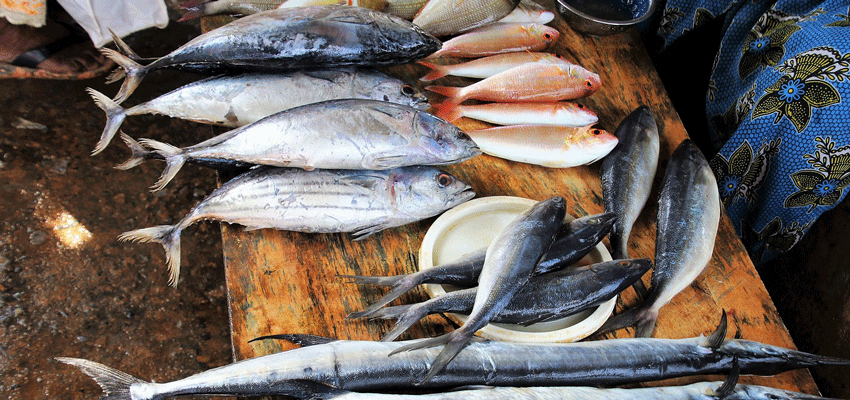The German Federal Office for Risk Assessment (BfR) has investigated possible health risks from the consumption of edible fish in Germany. In particular, the population group of women aged 15 to 49 years was the focus of the (in German).
The study is based on assumptions about consumption behaviour with regard to frequency and quantity of fish consumed, which in the end do not lead to a recommendation that can be used by consumers.
Not very surprisingly, it is found that exposure to the environmental contaminants mentioned depends on both the species of fish, the catch area and individual consumption habits.
As a core message one can take from the publication that the total exposure to dioxins/dioxin-like PCBs (PCCD/F-PCB) and per- and polyfluorinated alkyl compounds (PFAS) from fish meals is relatively high and therefore a revision of the consumption recommendations seems necessary.
As a rough guide for daily shopping, freshwater fish with a high fat content and from wild catches, such as eel, bream and trout, generally had higher levels of the above contaminants than sea fish.
The TWI value (Tolerable Weekly Intake) is for PCCD/F-PCB and for PFAS. These values can already be exceeded with one fish meal per week.
On the other hand, the BfR points out that fish is a high-quality food. Fish is still an important source of valuable animal protein, unsaturated fatty acids, minerals, trace elements and vitamins and thus an important component of a balanced and healthy diet.
YOUR PLUS: The AGROLAB GROUP laboratories are the specialists in Europe for the analysis of residues of dioxins, dioxin-like PCBs and also for PFAS and other contaminants such as heavy metals - not only in fish and seafood.
Author: Dr. Frank Mörsberger

 Contact
Contact

 Contact
Contact Career
Career